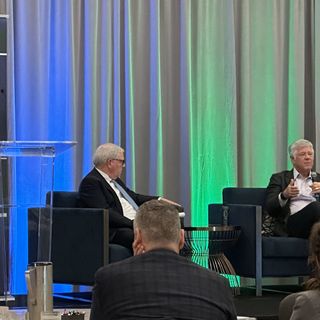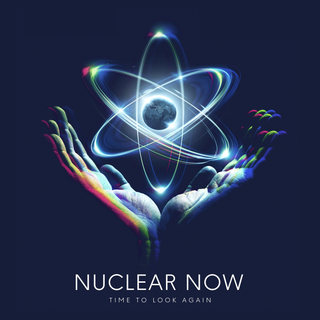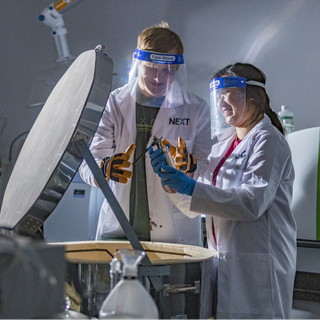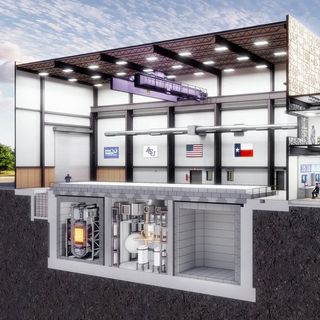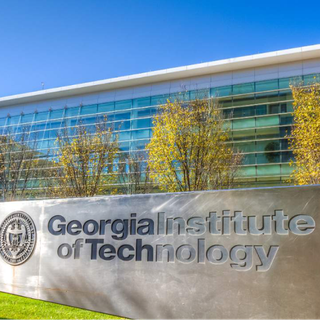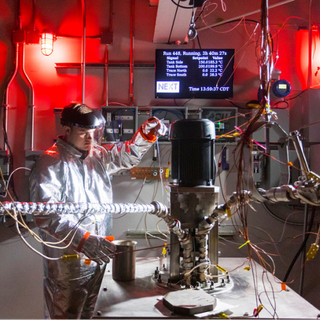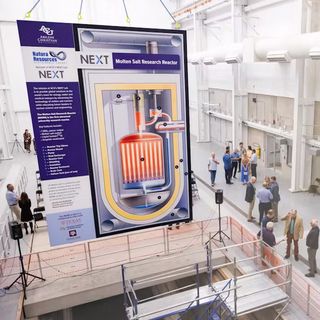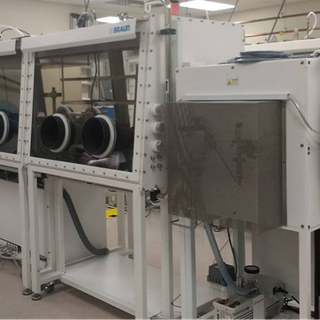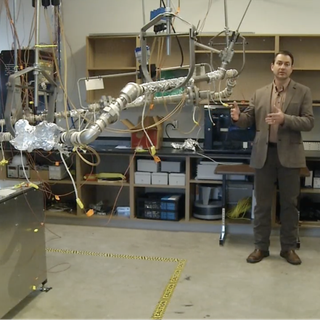A recente Forbes article by David Blackmon pointed out two critical weak spots in the Texas grid:
The fact that the construction of new thermal generation capacity in high-demand regions like the DFW market has failed to keep pace with demand growth; and
The heavy reliance on costly transmission lines to move power generated by wind or solar industrial sites hundreds of miles to those demand centers.

Blackmon points out that in the case of wind, the only regions that are fit to host big industrial sites are in the West Texas/Panhandle region and in deep South Texas, where populations are sparse. To transmit this power, Texas has spent $7 billion to build high-capacity tranmission lines to carry wind-generated power from West Texas to the Houston and DFW markets, and additional transmission will need to be added as well.
During mid-day periods of high demand last summer a high-capacity transmission line designed to carry electricity generated by South Texas wind installations hundreds of miles north to the Dallas/Fort Worth Market became congested with too much input, cuasing ERCOT to have to issued conservation warnings on as many as 11 days across August and September.
While Blackmon identified these issues with the Texas grid he also recognizes how small modular reactors such as those developed by Natura Resources can alleviate these issues. These reactors can be deployed much closer to the sources of demand, thereby negating the need for the high-capacity transmission lines that become congested during periods of peak demand.
Natura continues to move forward and received a positive update regarding the first deployment of the Natura MSR-1 system at Abilene Christian University as the Nuclear Regulatory Commission indicated that they expect to issue the construction permit application on September 30th of this year.

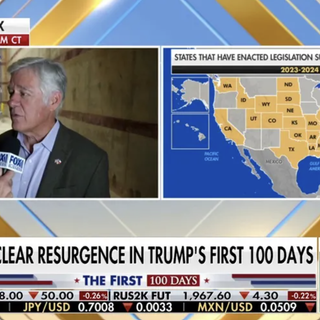
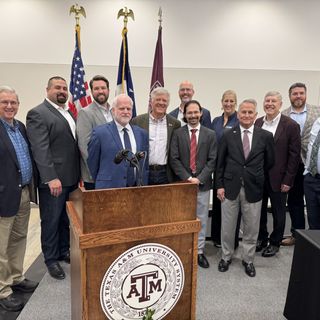
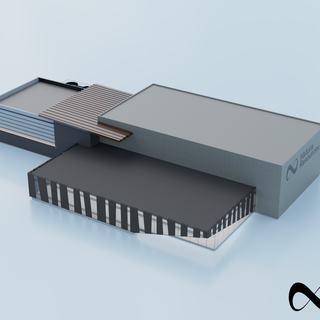
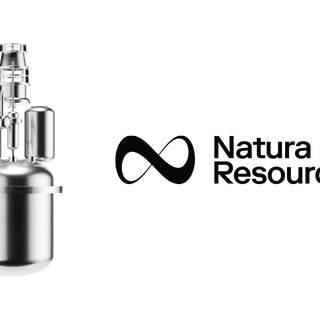
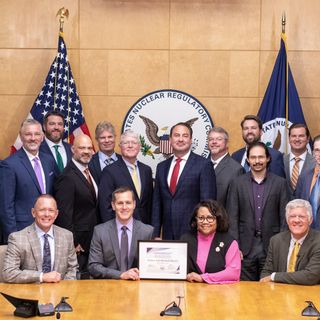

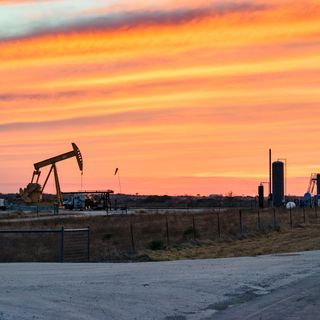
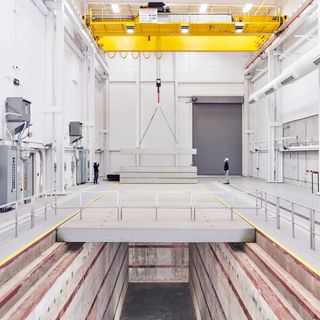
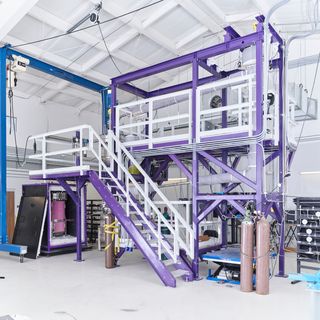
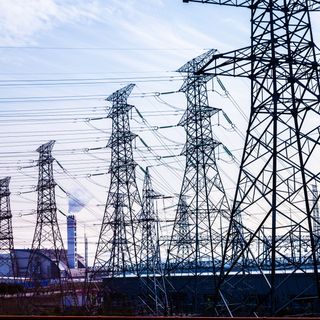
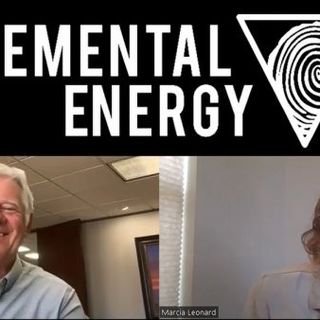
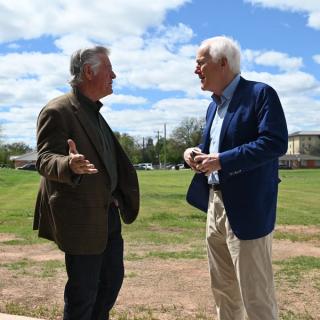
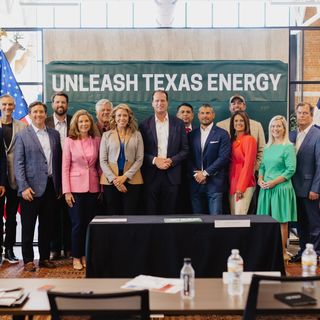
%20Dr.%20Phil%20Schubert_John%20Zachry_Douglass%20Robison_Dr.%20Rusty%20Towell.jpg?rect=49,0,1269,1269&w=320&h=320&fit=min&auto=format)
